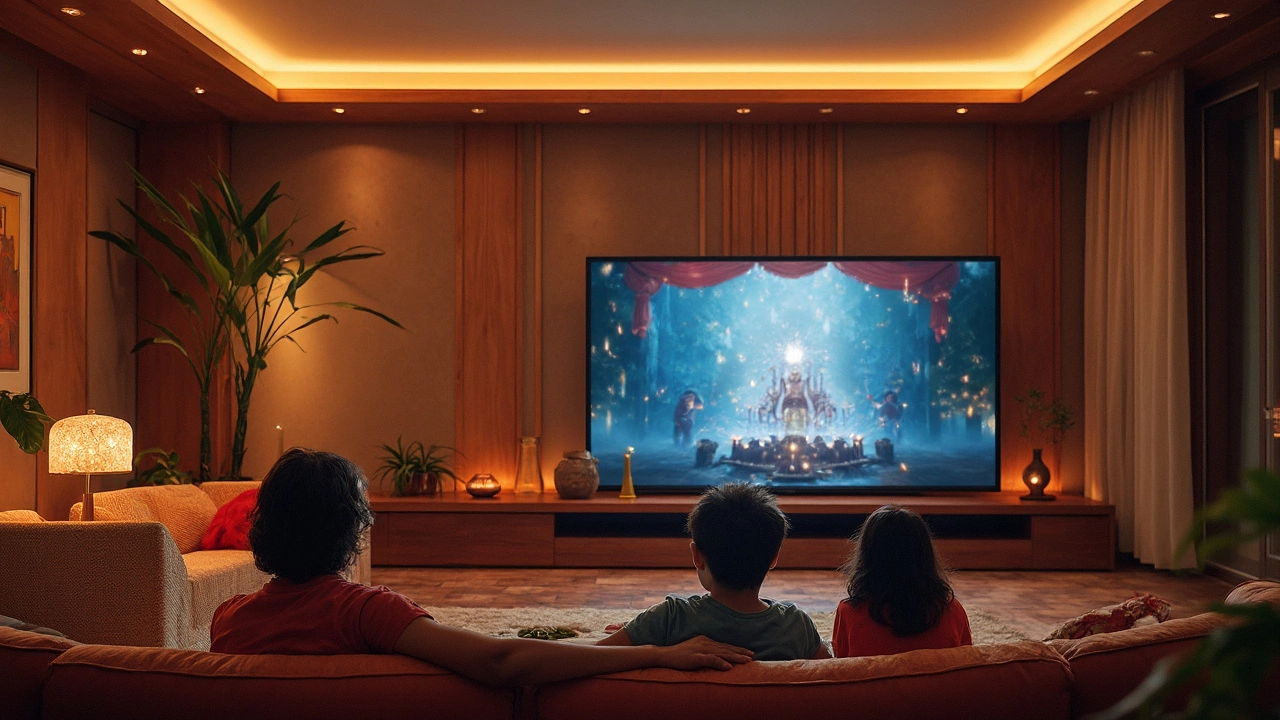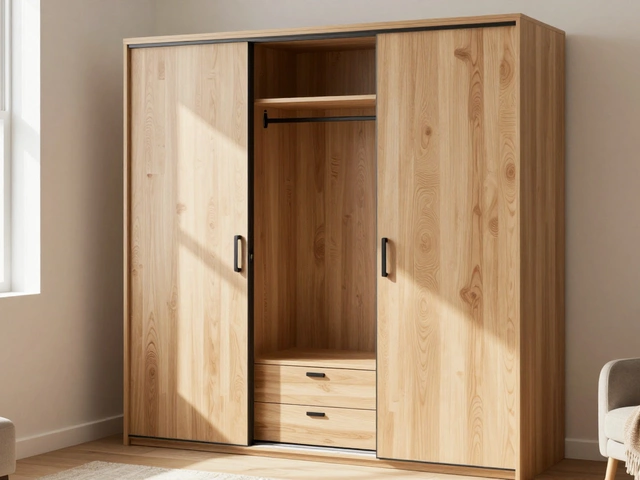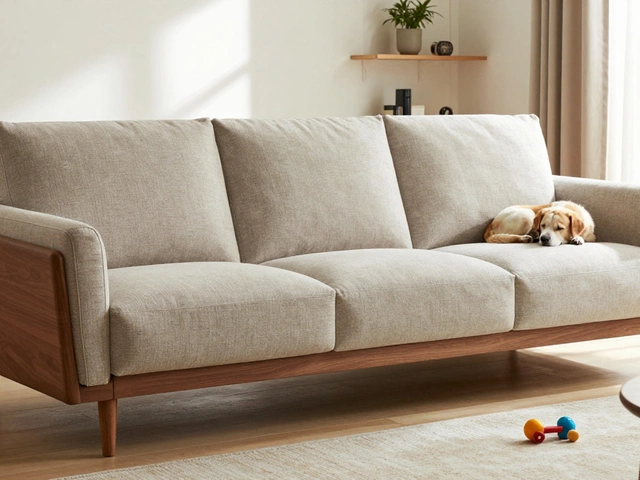TV Size Comparison: Choose the Right Width for Your Living Room
Gloss over the endless inches on TV specs and you’ll end up with a screen that either dwarfs your couch or looks tiny on the wall. The trick is to compare actual width, not just diagonal, and see how it fits your space, stand, and viewing habits.
First, grab a tape measure and note the width of your TV stand or the wall area you plan to use. Most manufacturers list the outer width in the specs, but it’s worth double‑checking the bezel size because a thick frame can add a couple of inches.
How TV Width Affects Your Setup
A 55‑inch TV measures about 48 inches wide, while a 65‑inch TV clocks in around 57 inches. That extra 9 inches might seem small, but it can change how close you sit and whether the screen overhangs your furniture. If you sit too close, you’ll notice pixelation; sit too far, and the picture feels detached.
Here’s a quick rule: multiply the TV width by 1.5 to get a comfortable viewing distance. A 48‑inch wide 55‑inch TV works well at roughly 6 feet, while a 57‑inch wide 65‑inch TV feels best at about 7‑8 feet. Use this as a starting point, then tweak based on how you actually use the room.
Quick Tips for Matching TV to Furniture
1. Stand Fit: Your stand should be at least 2–3 inches wider than the TV. If your stand is 50 inches wide, a 55‑inch TV fits snugly, but a 65‑inch will overhang and look unstable.
2. Wall Clearance: Leave at least an inch of space on each side for ventilation. This prevents heat buildup and makes cleaning easier.
3. Room Layout: If your couch is 72 inches long, a 65‑inch TV fills the visual gap nicely without making the room feel cramped. For smaller sofas, stay under 55 inches.
4. Future‑Proofing: Think about adding a soundbar or media console later. Choose a width that leaves room for extra gear without crowding the space.
5. Eye Level: Mount the TV so the center is at eye level when you’re seated. This usually means the screen’s middle sits around 42–48 inches from the floor, depending on your couch height.
Once you have the width sorted, the rest falls into place. Check the height and depth of your stand, make sure the TV’s weight is within the stand’s limit, and you’re set.
Bottom line: don’t get swept up by the diagonal number alone. Compare the actual width, match it to your furniture, and use the 1.5× rule for viewing distance. With these simple checks, you’ll end up with a TV that looks great, feels comfortable, and fits perfectly in your living room.
How Much Bigger is a 75 TV than a 65?
Ever wondered how much bigger a 75-inch TV is compared to a 65-inch one? This article breaks down the size differences in practical terms. We'll discuss why those extra inches matter, how to measure TV sizes correctly, and what this means for your living room setup and TV stand choices.





